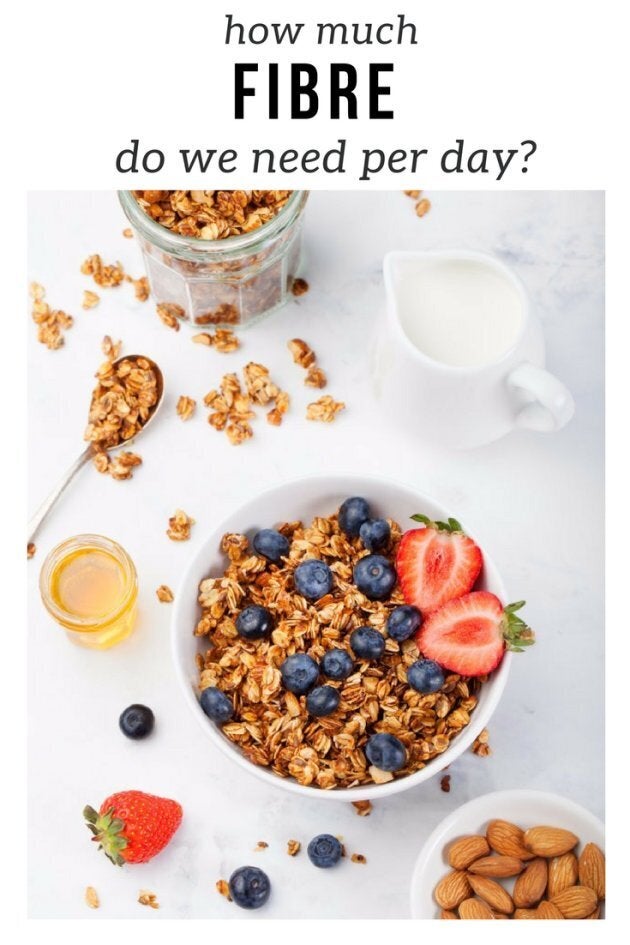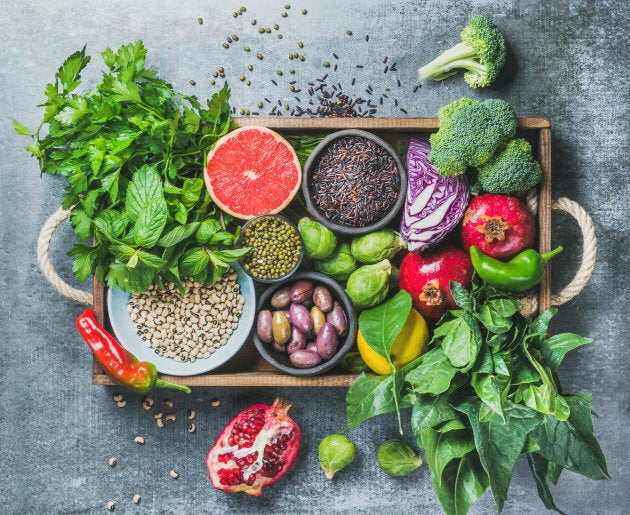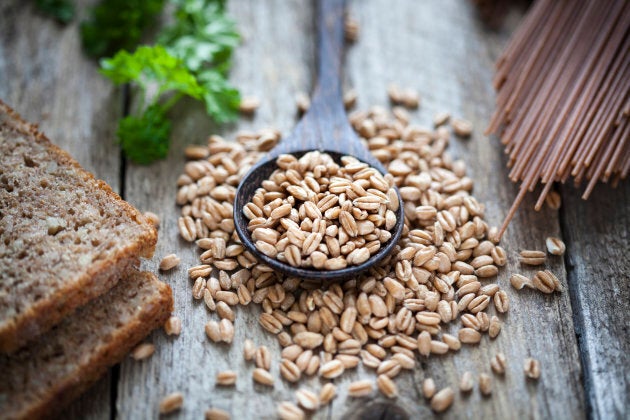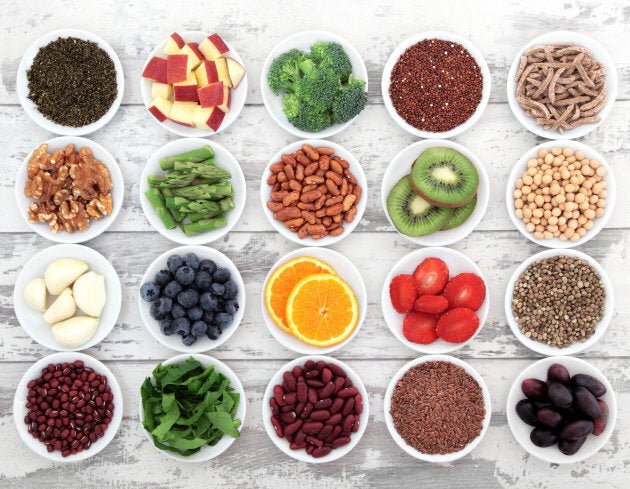When we think of fibre, what probably comes to mind are prunes and those awfully gritty fibre supplement drinks.
Despite being a topic not many of us get excited about, fibre is an incredibly important nutrient which helps keep our gut and whole body healthy. And most Australians do not consume enough.
What is fibre?
"Fibre is the part of plant foods (for example, vegetables, fruits, grains and legumes) that our bodies do not break down during digestion," Alexandra Parker, accredited practising dietitian from The Biting Truth, told HuffPost Australia.
"Foods that contain fibre go through the digestive system, but the actual fibre molecules remain intact."
There are three main types of fibre: soluble fibre, insoluble fibre and resistant starch.
"Soluble fibre can't be digested and it helps to slow the emptying process in our stomachs, which helps you feel fuller," Parker explained. "It also helps to lower cholesterol and stabilise your blood glucose levels. Soluble fibre is found in fruits, vegetables, oats, barley and legumes."

Insoluble fibre absorbs water to help to soften the contents of our bowels and support regular bowel movements.
"It also helps to keep us full and keep the bowel environment healthy. Insoluble fibre is found in whole grain breads and cereals, nuts, seeds, wheat bran and the skin of fruit and vegetables," Parker said.
Resistant starch is not digested in the small intestine and instead proceeds to the large intestine where it can assist in the production of good bacteria and improves bowel health.
"Resistant starch is found in undercooked pasta, underripe bananas, cooked and cooled potato and rice."
It's important to consume a balance of these three types of fibre to help the body function optimally.
Why should we consume fibre?
Dietary fibre is important for keeping the digestive tract working smoothly (that is, helping you to stay regular poo-wise).
"Since we do not digest it, the fibre in food passes into the intestine and absorbs water. The undigested fibre create 'bulk' so the muscles in the intestine can push waste out of our body. That's why eating enough fibre helps prevent constipation," Anna Debenham, accredited practising dietitian from The Biting Truth, told HuffPost Australia.

Fibre also helps you feel fuller for longer, can improve cholesterol and blood sugar levels and can assist in preventing some diseases such as diabetes, heart disease and bowel cancer, Parker explained.
"Fibre adds bulk to our meals and soluble fibre helps to slow down the emptying of the stomach and the transit time of food through the digestive system. This extends the time a person feels satisfied or full," Parker said.
"It also delays the absorption of sugars from the intestines. This helps to maintain lower blood sugar levels and prevent a rapid rise in blood insulin levels, which has been linked with obesity and an increased risk of diabetes."
Which foods are high in fibre?
Many plant-based foods are high in fibre, including:
- Wholegrain, wholemeal and/or high-fibre varieties of grain-based foods like bread and pasta
- Whole grains, such as rice, oats, quinoa, barley, polenta and buckwheat
- Fruit and vegetables
- Legumes
- Nuts and seeds
"Foods such as bran, psyllium husk, nuts, seeds and legumes are also high in fibre and can be added to meals to help boost overall fibre intake," Debenham said.
"Often the fibre in plant foods (like fruit and vegetable skins, bran or seeds) is removed when the food is cooked by us or processed by the manufacturer. We get more fibre when we eat whole fruits and vegetables with the peels and seeds than we do when we eat processed foods."

What happens when we don't consume enough fibre?
When we don't consume enough fibre, we can experience a range of issues, the most common being constipation.
"A lack of fibre, particularly insoluble fibre, can lead to gastrointestinal problems including constipation, irritable bowl syndrome, diverticular disease, haemorrhoids and bowel cancer," Debenham said.
How much fibre should we eat per day?
On average, most Australian adults do not consume the daily recommended amount of fibre.
How many grams of fibre to consume per day:
- Males >18 years old: 30g fibre
- Females >18 years old: 25g fibre
- Children aged 4-8: 18g of fibre
- Girls aged 9-13: 20g of fibre
- Girls aged 14-18: 22g of fibre
- Boys aged 9-13: 24g of fibre
- Boys age 14-18 years: 28g of fibre.

What does a daily serving of fibre look like across the day?
The following is an example of how an adult can (easily) reach their daily dietary fibre requirements:
- ¾ cup whole grain breakfast cereal (such as low-sugar muesli)
- 2 slices wholemeal or whole grain bread
- 1 apple (with skin) and 1 orange
- 2 cups mixed raw vegetables
- ¼ cup legumes (e.g. baked beans)
The total fibre content of the above foods is 27.5 grams.
When increasing (or eating enough) dietary fibre, remember to drink sufficient water as fibre absorbs fluid.